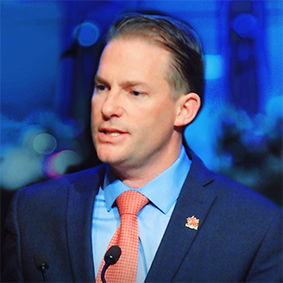ACCESS TALKS: HOW WE INCLUDE
Dr Carol Quirk, from the Maryland Coalition for Inclusive Education in the USA, makes a case for inclusive education as an opportunity to create a diverse and inclusive society for the future. Carol explains including students with disability is about transformation and school reform. Critical for culture creation, leadership and the planning and systemic rollout of such change is reflection of teaching practice.
This transcript has been corrected and edited slightly for clarity.
Including students with disabilities is about change. It’s about transformation and like Professor Roger Slee said earlier, it’s about school reform. It’s not about placing a student in a classroom. It’s about how the whole school looks at their school community.
In the work that I do with schools, we begin by looking at three kinds of important planning and this takes any school building at least three years per school. When we worked with a whole district–not too long ago with a district of 30 schools–we systematically phased in four schools at a time or eight schools at a time each year into the process of planning. So, at the district level–which would be a governing level over the school–we created an action-planning team, and the team looked at the professional development needs, aligning priorities and practices, the policies that they had in place and the supports that they could provide to the schools that are participating.
As schools came into this three-year process, they began developing action plans with family involvement. They looked at their practices and their organisational structures as well as what was happening in the classroom. And then, for students who need it, we have an individual student planning process. Every student with a disability doesn’t need it, but some students do. So, to understand the framework, we begin with helping schools think about what they’re doing now across the school. We look at student behaviour support, do they have a preventive approach? a proactive teaching approach, for social behaviour that’s positive and engaging and accepting of all students? Do they have a curriculum that’s based on research? Is the school, as a policy, promoting the use of universal design to learning frameworks? Do they have a process for planning and scheduling students, so that they’re naturally proportioned across the school and not congregated in a few classrooms?
When you look at the classroom level, are teachers really implementing good, positive classroom management routines and high quality co-teaching structures? Are students engaged in-are there lessons based on UDL principles? Are teachers confident in providing culturally responsive instruction and including students with disabilities as part of the lesson? Are they addressing the language learning needs of students whose first language is not English? And for students who are displaying behaviour that may be challenging, is there a tiered system where you have additional supports for students who need it, and then there are uniquely designed behaviour plans for students who need that very intensive progress monitoring and intensive support, so that they learn more appropriate social behaviour. Are there tiered systems for students in literacy and numeracy in particular, so that at a Tier 2 they’re getting supplemental reading or supplemental numeracy instruction, or at a Tier 3 they’re getting very individually designed instruction, so that they learn literacy and numeracy skills.
Now I’m not talking necessarily about students with disabilities, although, it may be that many students that need the Tier 2 or Tier 3 more intensive supports, but when the school structures itself like this, students with disabilities become part of a whole school community and any student can come in and out of an intervention at any time based on their learning.
And finally […] are teams using individual student planning processes […] So, the school-based planning is a three-year process and two more years for sustainability. Year one is planning and professional development. The literature tells us over and over that schools need to learn how to be collaborative. They need professional learning on how to make the accommodations, modifications and to implement strategies to teach a variety of learners with disabilities.
We’ve learnt that in our process we target grades to start. So, in a primary school, we may focus only on first and second grade, or a school that I’m working with this year is focussing on kindergarten and fourth grade. The reasons they target grades are unique to the school. It could be based on the professional capacity of the educators or the particular students who are in those grades. In the second year, they implement inclusive practices in those targeted grades and they create the organisational structure to support it and then, in the second year, while they’re implementing, they target the rest of the schools so in the third year, they’re implementing school-wide.
We learnt that if a principal moves, if key teachers change, it can threaten the stability of the implementation in the third year so, we really want to have some kind of support planned for two more years after that to help the school sustain what they’ve learnt.
So, making the change. This is about change and it’s not easy and schools need support. I’ve never seen a school or district go through this process without outside help. Outside partnerships for technical assistance seems to be pretty critical. In the first year teams need to engage in some kind of a self-assessment. We have quality indicators of inclusive schools. We want to look at who the students are and where are they and what are the characteristics they are bringing to the table.
By the end of that first year, we want to establish our priorities; which grades are going to be targeted? Who are the students? How are we going to engage families? We need to include families in that discussion. What practices need to change? What do teachers need to do differently? What skills do they need to develop and how are we going to schedule things, so that teachers have planning time in the year ahead. We know as we are working with teachers that there’s more that teachers who are special in general need to learn together than they need to learn differently. There are some things that general education teachers will be more skilled at than special educators and vice versa. But the majority of skills needed for an inclusive classroom, need to be known by both special and general educators.
So, finally I’m going to mention an example of a planning form and we have several different types of planning forms. We look at the expectations for all students so, say I have a student in that fourth-grade class who has Down Syndrome and has an intellectual disability. Working with the fourth-grade teacher, and the special educator and perhaps the speech therapist, we’ll say, “Well, in the upcoming unit that you have, what are the numeracy academicals? What do you expect to be teaching your student? In science, what are the academicals that you have coming up? In the hallway, what are the behavioural goals? In Social Studies, how do you expect students to participate? We ask these questions and we’re asking about expectations for all students. Sometimes we learn–especially if we do something like this in high school–that different teachers with different content areas have different expectations. That may be particularly important for a student that has trouble with transitions or trouble understanding the roles. Once we get the expectations down, we then want to ask about the student that we’re concerned with. So, for the individual student, what are the academic then the school goals for that student? How do we expect that student to participate? Does that student have communication needs so that they can participate? and what are the adults going to be doing, if there are peers or adults, in order to support that? Now you notice that I have ‘peers’ there. Our research tells us over and over again that when peers are engaged in supporting each other–not just with and without disabilities, but peers teaching each other–the peer who is the teacher learns more. Just like any teacher will tell you, when they have to teach subject matter, they learn it better when they’re teaching it than if they were just being a learner.
Now we’re going to roles and relationships. As we’re thinking about roles and relationships, when we schedule students in classrooms, we always begin with scheduling students across classes and not congregating students but when we then look at the teachers–the number of teachers, special educators–we have in the building and how we are going to spread teachers we see sometimes, and actually quite often, see students are spread across so many classes that the special educator cannot possibly collaborate with that many adults. So, the compromise then is congregating students a little bit based on meeting instructional needs. So, we might have, say, three students in a fourth grade with a reading disability. We may put them together during reading and the special educator may co-teach every single day with that teacher in reading. Another classroom might have a student with autism and a student with ADHD both of which require a fair amount of behavioural and emotional supports and that’s a little bit of modification of lessons. The special educator may consult with that teacher and go in that classroom once or twice a week to assess how the students are doing, make additional modifications, but may actually have in that class a lower student ratio because there’s a need for the classroom teacher to provide a little bit of additional support. We may also look at how the peers are providing support in that classroom. Here we have both teacher prompts and we hopefully will have some peer prompts too.
Last updated August 24, 2018
- Research and Evidence-Based Practices to Promote Membership and Learning in General Education for Students With Extensive Support Needs. [PDF]
This article offers a definition of ‘inclusive’ education based on school-wide practices that foster a sense of belonging and provide the instruction and interventions to promote academic success for all students, with a focus on those with extensive support needs. - MCIE School Transformation Framework [PDF]
- Universal Design for Learning A set of principles for curriculum development that give all individuals equal opportunities to learn. This link will assist with understanding UDL implementation skills and leadership ability.
- The SWIFT Framework. A multi-tiered system of support is a continuum of research-based, system-wide practices of data-based decision making used to meet the academic and behaviour needs of all students.
ALSO IN THIS SECTION:
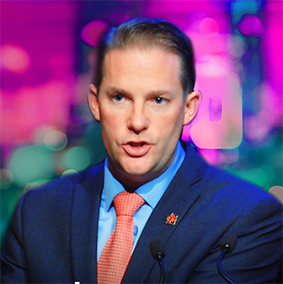
Planning & Implementation of an Inclusive Education System: Jody Carr former Minister for education New Brunswick, Canada

Developing an Inclusive Education System: Dr Simona D’Alessio, UCL Institute of Education, Italy
MORE ACCESS TALKS:
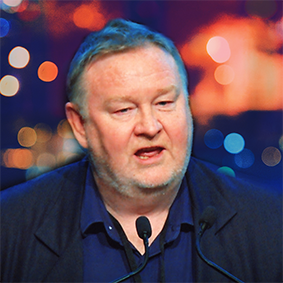
WHAT IS INCLUSION
The promotion, adoption and implementation of inclusive practices, which involves changing policies, practices and attitudes within schools.

TEACHER IMPACT
All classroom teachers have a role in creating schools & learning environments where all children can learn and feel they belong.
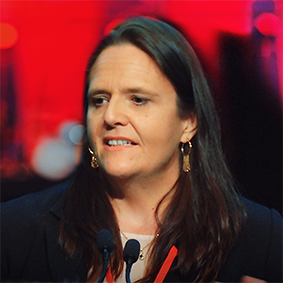
WHY INCLUDE
High quality education & supports enable all students to acquire success in their education and is the basis of an inclusive life and society.

AUSTRALIAN EXPERIENCE
Exemplar inclusive educational practices are happening in Australia. See the possibility and potential of inclusion here and now.
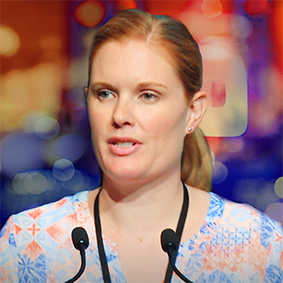
CHANGING MINDSETS
Whole school transformation requires courage, leadership & honest reflection to identify the need for change and set about making it happen.
VIEW THESE TALKS
NOW EXPLORE ACCESS READS

WHAT IS INCLUSION
The promotion, adoption and implementation of inclusive practices, which involves changing policies, practices and attitudes within schools.

HOW WE INCLUDE
Inclusive classrooms and schools embrace universal design as the foundation for cultivating inclusive attitudes and practices.
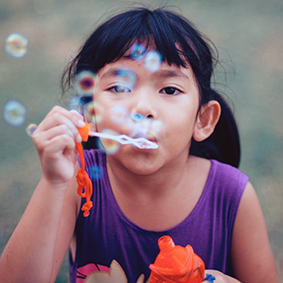
CHANGING MINDSETS
Bringing about change one mind at a time is integral to improving the lives of people with disability.
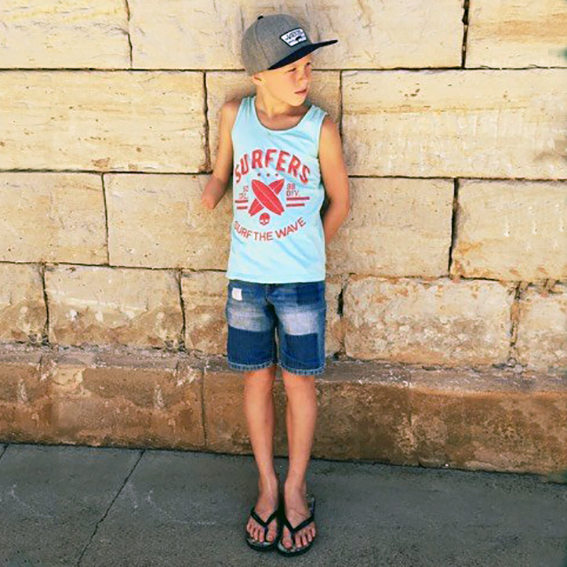
AUSTRALIAN EXPERIENCE
Exemplar inclusive educational practices are happening in Australia. See the possibility and potential of Inclusion here and now.
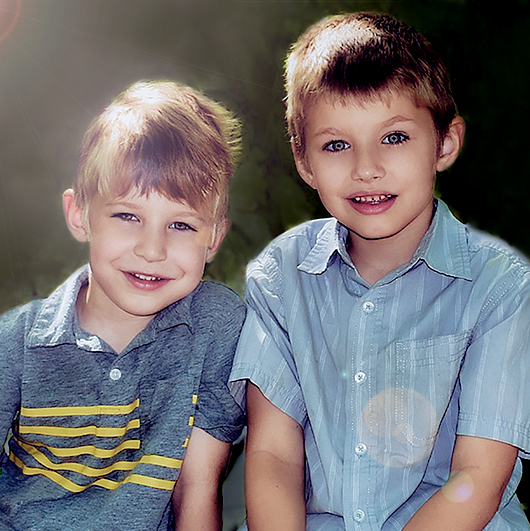
WHY INCLUDE
All children have the right to be included, to be represented in, to have access to and to receive high-quality education and supports.

TEACHER IMPACT
All classroom teachers have a role in creating schools & learning environments where all children can learn and feel they belong.
A FAMILY ADVOCACY INITIATIVE
This site is edited and maintained by the Advocacy Leadership and Development team.
Image attributions: photos supplied and screen shots from Access Symposium videos.

